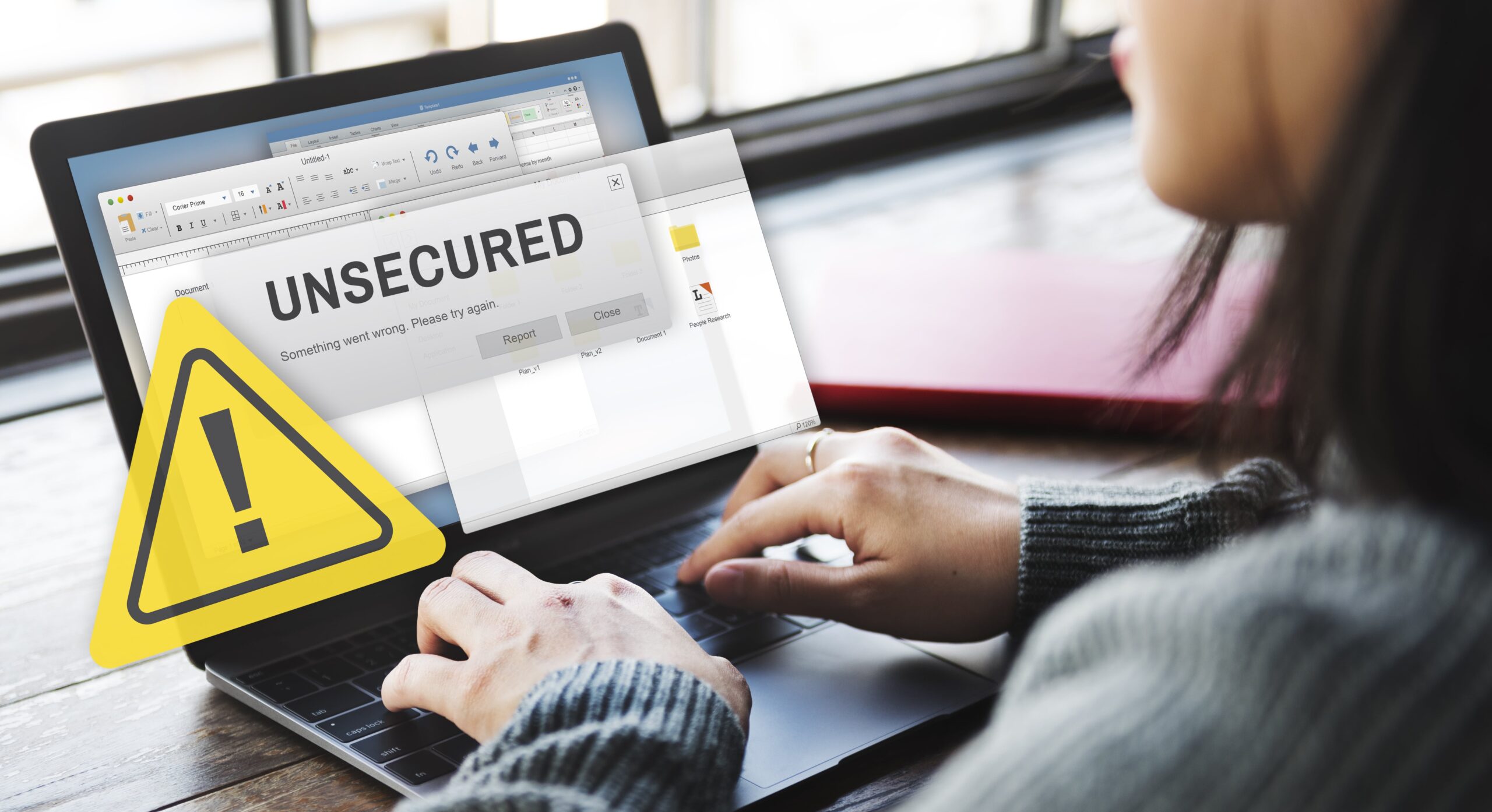With support solutions for the home and office, My Computer Works is here to help you get back to your life.
Safe Searching: How To Tell If A Link Is Safe To Click

Recent data determined that around 40 percent of Facebook users will click a like from an unknown sender, while 56 percent of email users will do the same. Unfortunately, this is not a safe practice, but numerous people fall victim to suspicious links yearly.
At My Computer Works, our team wants to help you understand the difference between a safe link and a malicious one while equipping you with the necessary tools to combat these malicious links. So continue reading to learn how to spot unsafe links, how to check if a link is safe, and why an anti-virus might be the strongest weapon in your arsenal.
What Are The Risks Of Clicking Unsafe Links?
You would be surprised to learn just how many nasty viruses, malware, and tricks lurk behind a suspicious link. Most of the time, all these links need is for you to click on them to wreak havoc on your life.
Since we don’t want you to become another statistic, here are five possible risks demonstrating why clicking unsafe links is a bad idea, no matter how tempting:
- Malware infections: Viruses, worms, or ransomware can be installed by clicking suspicious links, compromising the integrity and security of your computer.
- Phishing attacks: Some links will direct users to fraudulent websites that are seemingly legitimate but are truly designed to steal personal and sensitive information, such as passwords, usernames, credit card information, and more.
- Data breaches: Unsafe links may grant access to confidential or personal data stored on your device, potentially leaking sensitive information and causing privacy breaches.
- System compromises: Risky links may enable attackers to take over your computer and use it for malicious activities.
- Financial losses: Clicking unsafe links can cause monetary losses as the attackers may threaten, manipulate, or exploit you to complete unauthorized transactions and payments.
Spotting Red Flags: Suspicious Links
Staying safe online may seem impossible, especially when phishers and scammers disguise their malicious links to make them appear seemingly legitimate. But how do you know if a link is unsafe?
Spotting a malicious link is easier than you might believe. Below are a few red flags that often denote a link is unsafe, and thus, its website is suspicious.
- Misleading title: Cybercriminals are creative and will try creating fake websites from trustworthy businesses, with domain names in a URL that closely matches the legitimate ones. For example, a phishing site might have used “Yah00.com” instead of the legitimate one, “Yahoo.com,” to trick users. So, always look for any misspellings or small alterations. If you are familiar with the business, you should pick this up quickly; if not, a quick Google search should help.
- Poor grammar: It is an easy-to-spot sign of a fraudulent website made with haste. Look out for typos, grammar errors, and hard-to-read sentence structures. Most illegitimate websites often contain one or all of these grammar issues on their landing pages.
- Bad design: Another sign of an illegitimate website is how inconsistent and unpolished the website design may look. Mismatching fonts, poor graphics, and poorly set up layouts are all red flags that could be linked to an illegitimate site with suspicious links.
- Lengthy URLs: If you see that the URL is unusually long with many special characters and an unnecessary amount of slashes, it could be a clear sign of a phishing attempt. Legitimate websites will almost always have well-structured and concise URLs.
How Do You Recognize Reliable Web Sources And Safe Links?
You can very easily and quickly check if a link is safe by using the methods listed below. These methods have proven effective in preventing individuals from falling victim to malicious links.
-
The Site Uses HTTPS
The difference between the Hypertext Transfer Protocol (HTTP) method and the Hypertext Transfer Protocol Secure (HTTPS) method is that HTTPS is the safer version. It typically uses a secure socket layer(SSL) to secure data transmission, whereas HTTP enables all data transmissions between visitors’ browsers and the website.
Essentially, hackers cannot gain access to the transmission and retrieve data if the data is transferred through a secure protocol, so you’re safer clicking a link that has an HTTPS in front of it.
-
The Domain Age And Ownership Is Verifiable
Domain age and ownership can help you determine if a link is safe. Fortunately, using a tool like WHOIS search will help you identify the website owner, the registrant’s contact information, and the registration date of the website through the URL. If the tool alerts you to this information being hidden, then it may be flagged as unsafe.
However, not all websites that hide domain age and ownership are unsafe. Some websites may be obligated to comply with state and federal laws, which require them not to display this information.
So, if you encounter this issue when checking if a link is safe while using a tool like WHOIS, you should try an alternative method to verify if it’s malicious or not.
-
A Link Checker Tool Says It Is Safe
Most link checkers are free, simple, and easy to use. These checkers can easily identify whether a website or link is safe to use.
An example of a good checker is URLVoid, which uses a blocklist database coupled with an online website reputation service to check unsafe links. Most checkers only require you to copy and paste the suspicious link in a designated field before revealing its nature.
A few other link-checker tools you can try include:
- Google transparency report.
- Kaspersky Threat Intelligence Portal.
- Norton SafeWeb.
Adding Anti-virus Software To Your Computer
While learning to flag malicious links is essential, it is good to have a safety net if you fail to recognize one. That is why we suggest adding a reliable anti-virus to your computer.
Having an anti-virus installed will ensure you won’t need to constantly check the safety of every website and link sent to you, as most anti-virus software will do this automatically.
Malwarebytes Anti-Malware is a good anti-virus for checking if links are safe. This anti-virus aids in real-time protection to block and detect malicious links before access is granted. The software offers web protection to actively flag and warn users if they have accessed harmful websites and content.
In addition, Malwarebytes has a vast database of common threats and behavioral analysis integration that aids in identifying suspicious links while offering comprehensive protection to its users against phishing scams and malware.
The Wrap-Up On How To Tell If A Link Is Safe To Click
It is always important to ensure that you are safe and cautious while browsing the Internet, and part of being cautious involves ensuring you don’t click unsafe links. Fortunately, you now know how to spot unsafe links and how to determine if a link is safe. You also know why having an anti-virus is one of the best defenses against unsafe links.
Should you need help downloading and installing Malwarebytes for unsafe links, the team at My Computer Works can help. We’ve helped clients install this anti-virus hundreds of times to protect them against malicious links. Simply contact us here, and we will walk you through the process.


